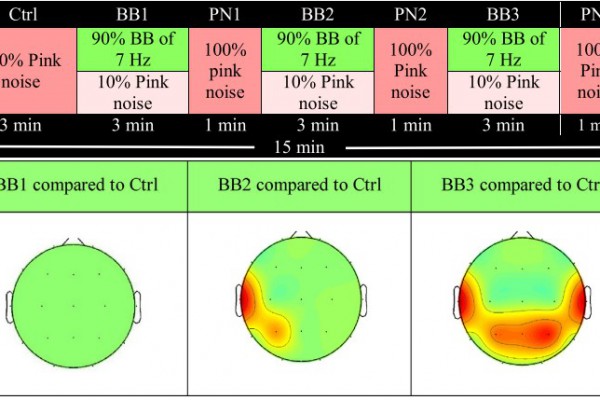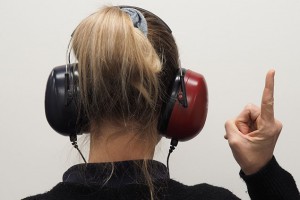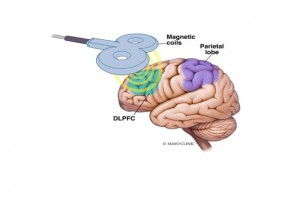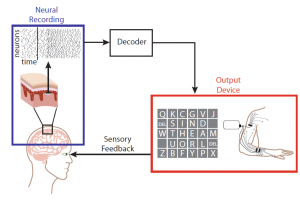Cumulative effects of theta binaural beats on brain power and functional connectivity
Audiovisual stimuli with specific frequency can cause the brain to oscillate in the same frequency, something which is also called brain entrainment. One method to entrain the brain through the auditory system is binaural beats. Binaural beats are two rhythmic tones with slightly different frequency which are presented separately to each ear. The brain perceives an illusionary signal with the frequency of the difference of the two exerted tones and oscillates in that frequency. In this paper we propose a protocol to inspect whether binaural beats can change the power and connectivity of the brain and also how lengthening the stimuli, interchangeably with pink noise, will affect the outcomes. Fifteen healthy participants attended this study and their EEG signals were recorded during presentation of 200 Hz and 207 Hz sinusoidal tones to their left and right ears respectively. Total 9 min of binaural beats were divided into three 3-min blocks which were separated by 1 min of pink noise to prevent the brain from habituating to the stimuli. Our results showed that 3 min of 7 Hz binaural beats is not enough to entrain the brain, but applying 6 min of stimulation could change the relative power in the temporal and parietal lobes and further exposure to 9 min of stimuli could also alter the brain network, evaluated by the graph theory.
Overall the outcomes lead us to the conclusion that lengthening the duration of binaural beats and also presenting noise alternatively to prevent the brain from habituating the signal, result in improved entrainment and connectivity in the theta band.
Article link





Related Posts